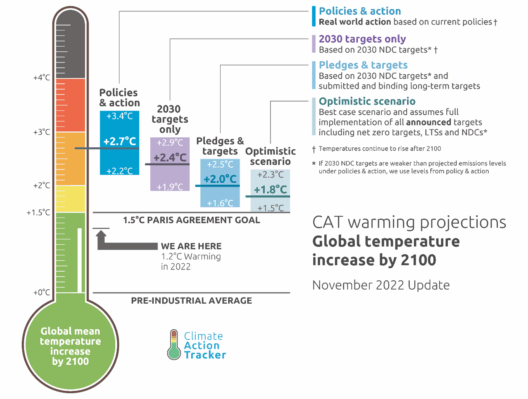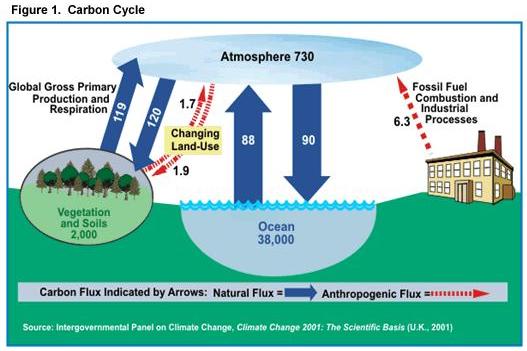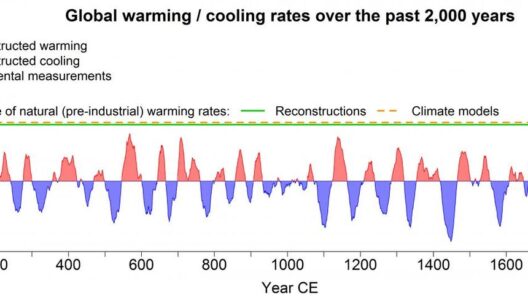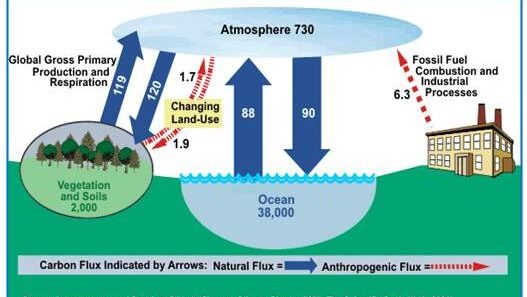As the Earth continues to warm, we find ourselves at a pivotal juncture with far-reaching ramifications that extend well beyond the farm. Picture this: What if tomorrow morning you could not find your favorite fruit or vegetable at the local market? The question is not merely hypothetical but underscores the pressing concerns surrounding global warming and its cascading effects on our food supply. The repercussions of climate change elicit a complexity that infiltrates every layer of the agricultural system, manifesting in increasingly unpredictable ways.
Global warming is not simply a matter of rising temperatures or melting ice caps; it encapsulates a plethora of ecological disturbances that significantly impact food production. Changes in weather patterns are altering rainfall distribution, leading to unpredictable droughts and floods. These variations can have dire consequences for crop yields. For example, the prolonged droughts in the Midwest of the United States have stunted corn production, a staple crop that supports everything from animal feed to biofuels. This is not just economic; it’s a matter of food security.
Moreover, shifting climatic conditions are fuelling the proliferation of pests and diseases that threaten crops and livestock alike. Warmer temperatures often accelerate the life cycles of insects, allowing them to reproduce more quickly and in greater numbers. This increase in pest populations can lead to substantial agricultural losses, necessitating higher pesticide usage, which in turn can have deleterious effects on the environment and human health. The inevitable question arises: how do we balance the need for food production with the need to mitigate environmental degradation?
Beyond the immediate effects on agriculture, global warming poses threats to the biodiversity of ecosystems that contribute to the maintenance of a stable food supply. Plant and animal species are at risk of extinction as habitats become inhospitable due to climate shifts. The loss of biodiversity can disrupt ecosystems that are crucial for pollination and soil fertility, among other functions. For instance, many crops rely on specific pollinators, such as bees, which are experiencing population declines due to changing climates. Without these vital species, we face a daunting challenge in sustaining food production.
Furthermore, the ripple effect of global warming extends into the realm of food distribution. Increased frequency and severity of extreme weather events—hurricanes, wildfires, and flooding—can disrupt supply chains. If a catastrophic storm damages a key agricultural region, not only do local markets suffer from shortages, but ripple effects can also lead to widespread increases in food prices. The implications are profound: rising food prices disproportionately affect vulnerable populations, exacerbating existing inequalities in food access.
The challenge of adapting our food systems to a warming planet is immense. It requires not only innovative agricultural practices but also a robust global response. Strategies such as improving water management, implementing sustainable farming techniques, and fostering resilience in food systems are crucial. Yet, these solutions are not without their own sets of challenges. Stakeholders, from policymakers to consumers, must collaborate across sectors to create a cohesive response to the multifaceted problem of food security in an era of climate change.
Perhaps the most insidious question lurking beneath the surface is: how can we cultivate a sense of urgency about these unfolding issues? The implications of global warming on food supply touch everyone. The very act of eating becomes entwined with global policy, environmental action, and ethical considerations. Consumer choices, too, come into play. By opting for locally-sourced, seasonal, and sustainably-produced foods, individuals can mitigate some effects of climate change and support resilience. However, this necessitates a fundamental shift in both consumer behavior and agricultural practices.
Transformation also hinges on investing in research to identify climate-resilient crops that can withstand adverse conditions. Genetic diversity within food crops is essential to adapt to changing environments; it can serve as a bulwark against the impacts of climate change. The importance of resilience cannot be overstated. As climate patterns continue to fluctuate, our need for a diverse agricultural base to provide food security has never been more vital.
Education plays a pivotal role in fostering an informed citizenry. Understanding the interconnectedness of food systems and climate change is paramount in motivating action at both individual and collective levels. Communities can engage in local initiatives to promote sustainable agriculture, ensuring that individuals work together towards mutual goals. The more we understand how climate change influences our food supply, the better equipped we will be to demand change from those in power.
Ultimately, the ripple effect of global warming on our food supply encapsulates a complex interrelationship of environmental, economic, and social factors. As we stand at this critical juncture, it is essential to recognize that the challenge we face is not insurmountable. Awareness, innovation, and collective action can catalyze a movement towards food systems that are not only adaptive to climate change but also sustainable and equitable. The stakes are high, and the time to act is now.
In conclusion, may we find inspiration in the challenges posed by global warming as opportunities to innovate and adapt. Beyond the farm lies a transformed world of more resilient food systems that cater not just to our needs but respect the planet we inhabit. How will we collectively respond? The answer lies in our hands, leaves a legacy, and unfolds with each decision we make.








